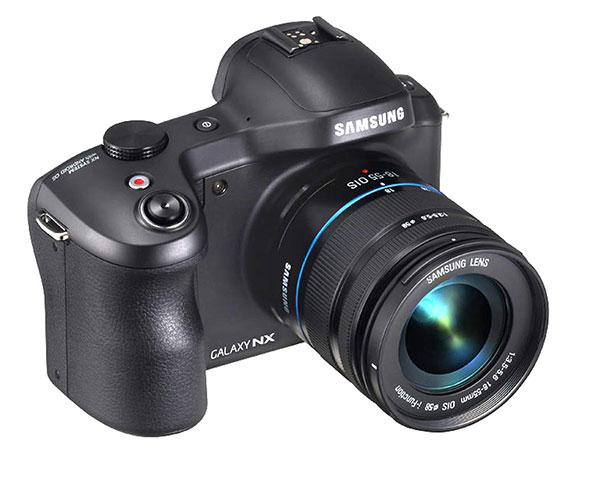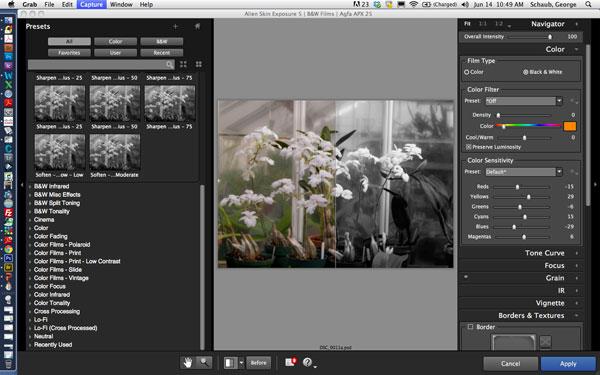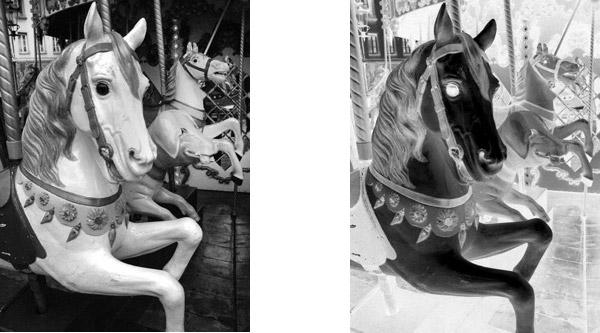George Schaub
|
Mar 17, 2014 |
First Published: Feb 01, 2014
|
Mar 12, 2014
|
Feb 27, 2014 |
First Published: Jan 01, 2014
|
Feb 24, 2014 |
First Published: Jan 01, 2014
|
Feb 21, 2014 |
First Published: Jan 01, 2014
|
Feb 07, 2014 |
First Published: Jan 01, 2014
|
Jan 28, 2014









